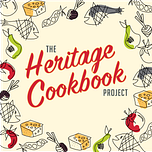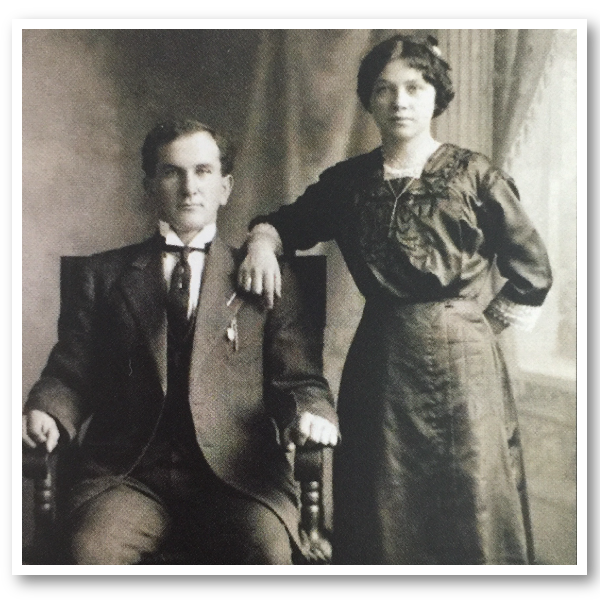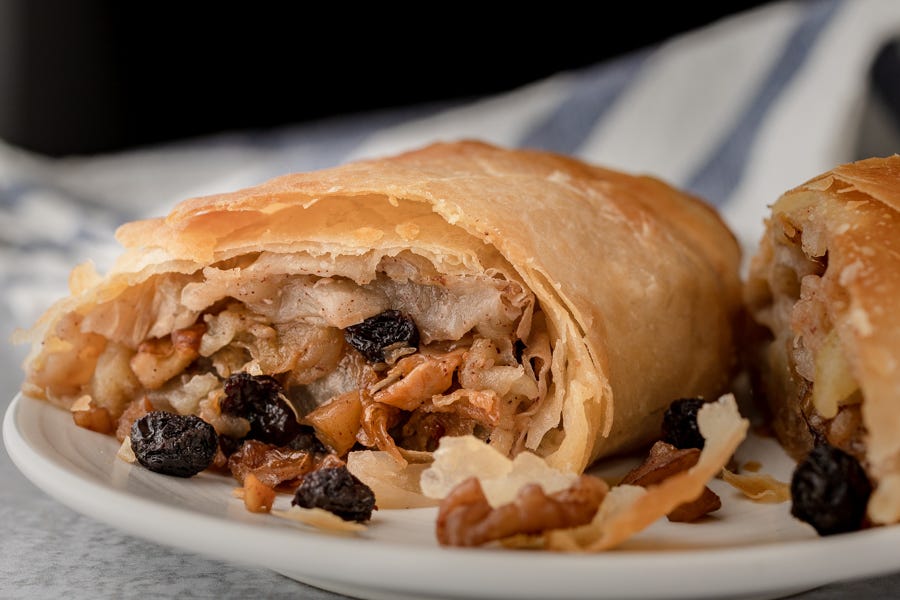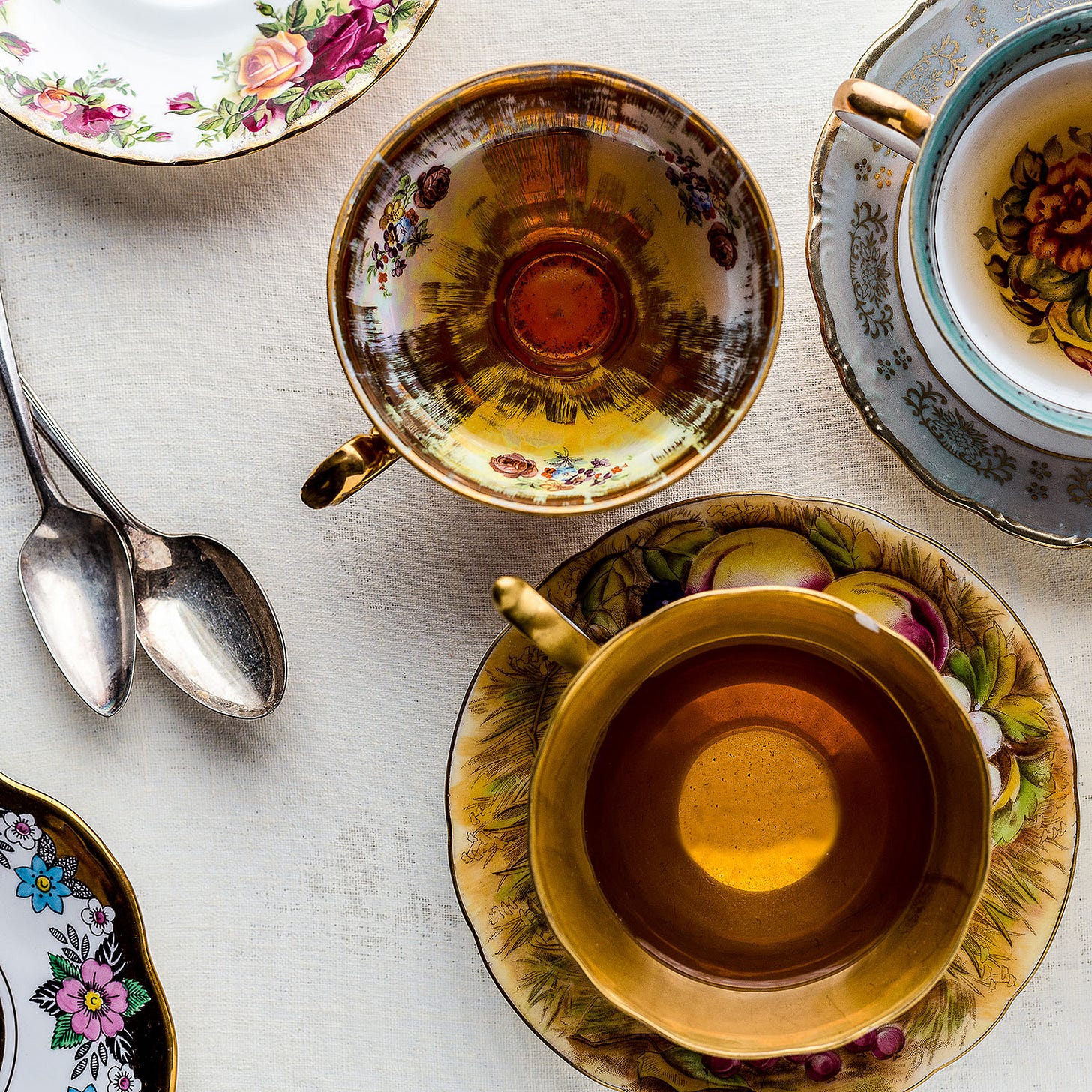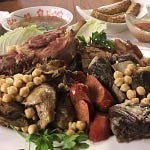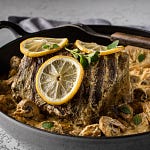What do apple strudel and birth mothers have in common? Listen to Carol’s story of German heritage, crazy coincidences, and the connection between two women’s passion for cooking.
The Episode Where I Play an Active Role
I generally play host and narrator to the stories featured in the podcast. I may add a little clarity at times or help the transition from one topic to the next. But in this episode, I actually have a more active role.
I can’t remember a time when I wasn’t interested in food. I loved, and still love cooking and sharing food with family and friends. When I met my birth mother for the first time, it became very apparent where this passion had come from.
Episode Transcript
🎧 Click here for the full, interactive transcript of this episode 🎧
Easy German Cookbook: 80 Classic Recipes Made Simple by Karen Lodder
Cookery of the Prairie Homesteader by Louise Nickey and David Jersey
Thank you to our Sponsor Bob’s Red Mill for keeping my pantry full of fabulous flours and baking products!
Grannie's Apple Strudel
Carol’s grandfather came from Germany when he was just a boy. Once of his favorite desserts was Apple Strudel and it became her father’s as well. They would make it often, stretching the dough over her grandma’s clawfoot oak dining table. Set aside an afternoon, it is quite a process, but well worth it.
Ingredients
Dough
3 cups sifted enriched flour
1/2 teaspoon salt
1 tablespoon vegetable oil
1 beaten egg
1 cup lukewarm water
Filling
1/2 cup fine bread crumbs
1 1/2 pounds tart apples peeled, cored, and finely sliced (4 - 6 apples)
1/2 - 3/4 cups sugar depending upon the tartness of the apples
1 teaspoon cinnamon
1 cup raisins
1 cup chopped walnuts or almonds
Instructions
Dough
Sift flour and salt into a large bowl,
Make a well in the center of the flour; place oil and egg in the depression.
Work flour gently into oil and egg and gradually add water to make a soft dough. It will be sticky.
Turn dough out onto a lightly floured work surface. Hold dough high above the surface and crash it down against the surface. Repeat this about 100 to 125 times or until the dough is smooth and elastic and leaves the board clean. (After 15 to 25 times it will no longer stick to the surface.)
Knead slightly and pat it into a round.
Lightly brush the surface of the dough with oil - not olive oil.
Cover the dough with an inverted warmed bowl and allow to rest form 30 to 60 minutes.
To Stretch the Dough
Spread a large table (about 3x5 feet with a clean cloth, allowing cloth to hand down over the edge of the table. A bed sheet work well for this.
Sprinkle cloth lightly but thoroughly with about 1/2 cup flour.
Place dough in the center of cloth and roll it into a large oblong, turning it several times to prevent it from sticking to the cloth.
Roll the outer edge as thinly as possible.
With a soft brush, lightly brush the dough with cooking oil - not olive oil; the oil aids in preventing the formation of holes during stretching.
Using the backs of your hands, reach under the dough and start stretching (do not pull from the center to the outer edge.)
Work around the table until the evenly stretched dough is as thin as paper and drapes over the edges of the table on all sides.
As you stretch, keep the dough close to the table. The dough should not have any torn spots. If some should appear, do not try to patch them.
With kitchen scissors, trim off the thick outer edges that over hang the table.
Fill and Roll The Dough
Allow the stretched dough to dry a little, about 10 minutes. It should lose its stickiness but avoid drying too long because it becomes brittle.
Brush dough with some of the melted butter. Sprinkle two-thirds of the surface with bread crumbs and apples.
Sprinkle the sugar, cinnamon, raisins, and nuts over the apples.
Starting at the long edge, roll as for a cinnamon roll.
Place on buttered baking sheet. Brush with butter and bake in moderate oven (350˚F) 35 - 45 minutes, basting frequently with melted butter.
Let’s Connect!
Find me on Instagram @leigh_olson, join the Family Recipes, Traditions, and Food Lore community on Facebook, or subscribe to The Heritage Cookbook Project.
Do you have a recipe, tradition, or story to share? Send me an email at connect@theheritagecookbookproject.com.
If you would like to further support this project, there are a couple of ways that you can become a patron subscriber. Choose one of the paid tiers here, purchase something from my Amazon wish list, or buy me a tea - I know it says Buy Me a Coffee, but I’m a tea gal.
If you aren’t able to support monetarily, sharing this with a friend really helps to let the algorithm enforcement agencies that people are enjoying these stories and want more.

